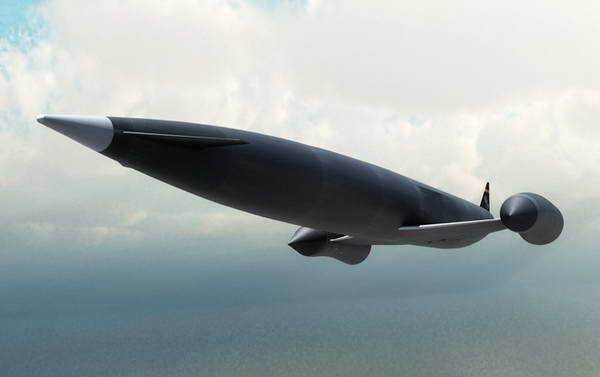In Britain, announced the completion of the first phase of the test hypersonic device

"In the future, unmanned aerial vehicles will become even more deadly weapons thanks to the new technology “Airless flight” (Flapless flight), which will make them easier, faster and more inconspicuous, ”the newspaper writes.
Thus, in the aircraft, the sophisticated mechanical flaps were replaced by “an advanced control system that will use a unique“ airless flight ”mechanism for maneuvering an aircraft, ensuring stealthiness of the vessel.”
It is noted that the solution to this problem may lead to improved controllability, as well as "reduce the weight of the aircraft and the cost of its maintenance, which will allow in the future to create more efficient aircraft in both military and civilian areas."
Two new technologies to be tested with jet drone, are Wing Circulation Control (WCC) and Fluidic Thrust Vectoring (FTV).
The WCC receives air from an aircraft engine and blows it out at supersonic speed through the rear edge of the wing, providing control of the aircraft. In turn, FTV uses purged air to deflect exhaust gases, allowing you to change the direction of the aircraft.
According to the newspaper, "further flight tests, the ultimate goal of which is to be performed by the flight apparatus without any moving surfaces of the wing or tail unit, are planned for the coming months."
Information